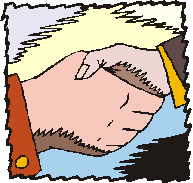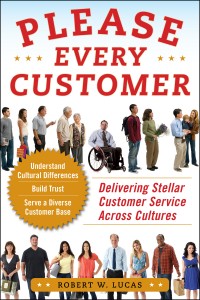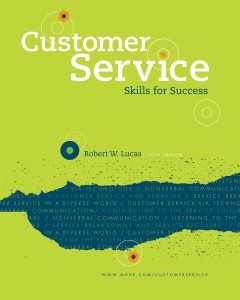Enhancing Non-verbal Communication With Customers
As a customer service representative or another person in contact with your organization’s customers, you should continually be aware of the impact that your verbal and nonverbal messages have on others. Part of this awareness it to strive to enhance your nonverbal communication skills and better understand how silent messages you send might be interpreted by customers of various backgrounds.
Here are three tips to help raise your nonverbal awareness and improve your ability to communicate more effectively with customers.
- To determine if you have any annoying or potentially distracting personal habits that could cause relationship issues, ask someone who knows you well to be alert to gestures, movements, habits, or phrases that you repeat or use often. Once identified, make a conscious effort to reduce or eliminate the habits.
- Have a candid conversation with your supervisor and ask him or her to give you constructive feedback on how he or she perceives your typical appearance and style of dress in the workplace. If necessary, make any adjustments your supervisor recommends.
- Strive to create a work environment that sends a positive message and will not cause offense or negative perceptions in others. Simple things like emptying your waste can, organizing items in your work area neatly, and cleaning spills or dusting the area can help send a positive message to customers entering the area.
For additional information on the impact of nonverbal communication on customers, get a copy of the book Customer Service: Skills for Success.

About Robert C. Lucas
Bob Lucas has been a trainer, presenter, customer service expert, and adult educator for over four decades. He has written hundreds of articles on training, writing, self-publishing, and workplace learning skills and issues. He is also an award-winning author who has written thirty-seven books on topics such as, writing, relationships, customer service, brain-based learning, and creative training strategies, interpersonal communication, diversity, and supervisory skills. Additionally, he has contributed articles, chapters, and activities to eighteen compilation books. Bob retired from the U.S. Marine Corps in 1991 after twenty-two years of active and reserve service.
Make Money Writing Books: Proven Profit Making Strategies for Authors by Robert W. Lucas at Amazon.com.
The key to successfully making money as an author and/or self-publisher is to brand yourself and your company and to make yourself and your book(s) a household name. Part of this is face-to-face interaction with people at trade shows, library events, book readings, book store signings, blogging or guest blogging on a topic related to their book(s). Another strategy involves writing articles and other materials that show up online and are found when people search for a given topic related to a topic about which the author has written.
If you need help building an author platform, branding yourself and your book(s) or generating recognition for what you do, Make Money Writing Books will help. Bob’s popular book addresses a multitude of ideas and strategies that you can use to help sell more books and create residual and passive income streams. The tips outlined in the book are focused to help authors but apply to virtually any professional trying to increase personal and product recognition and visibility.






